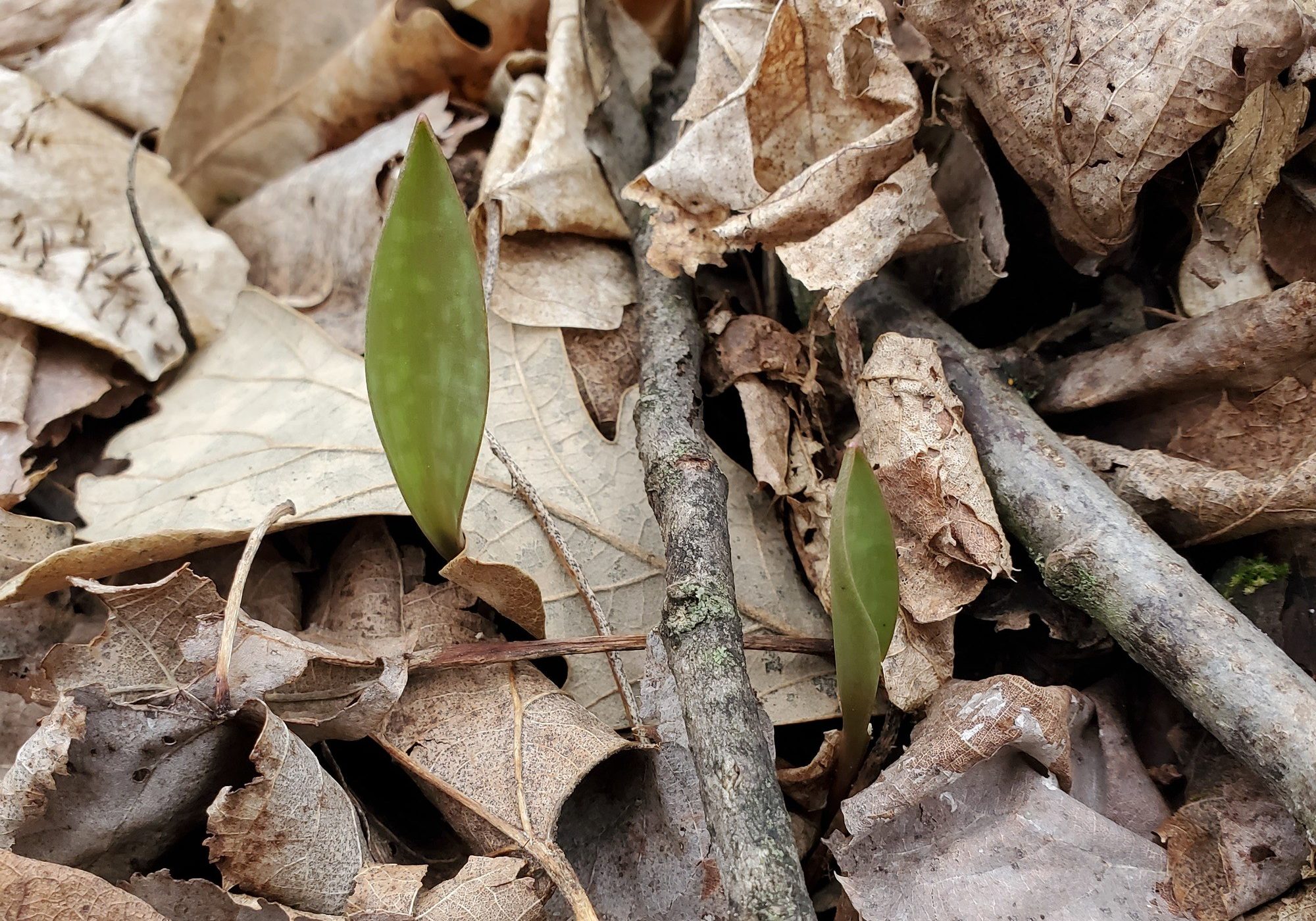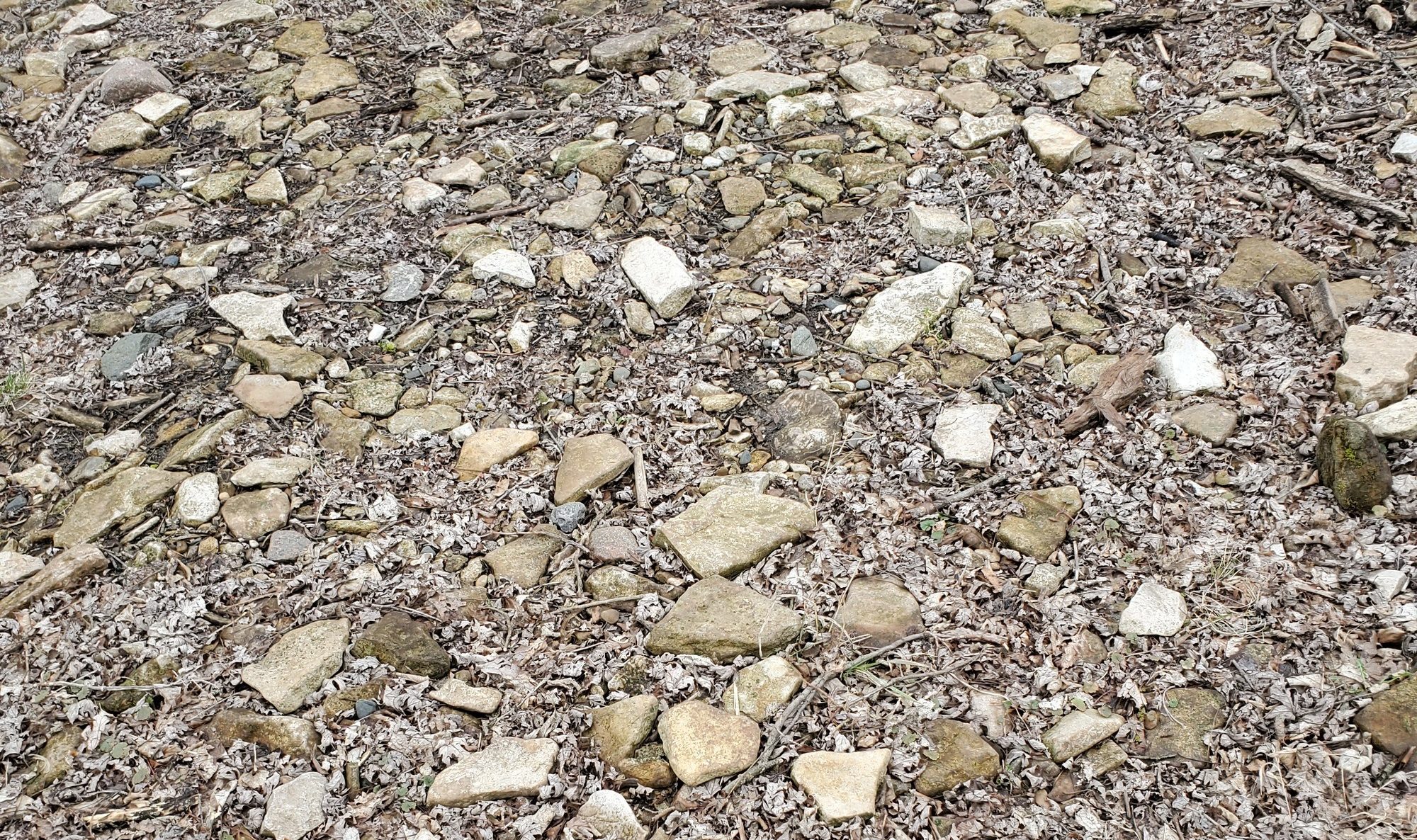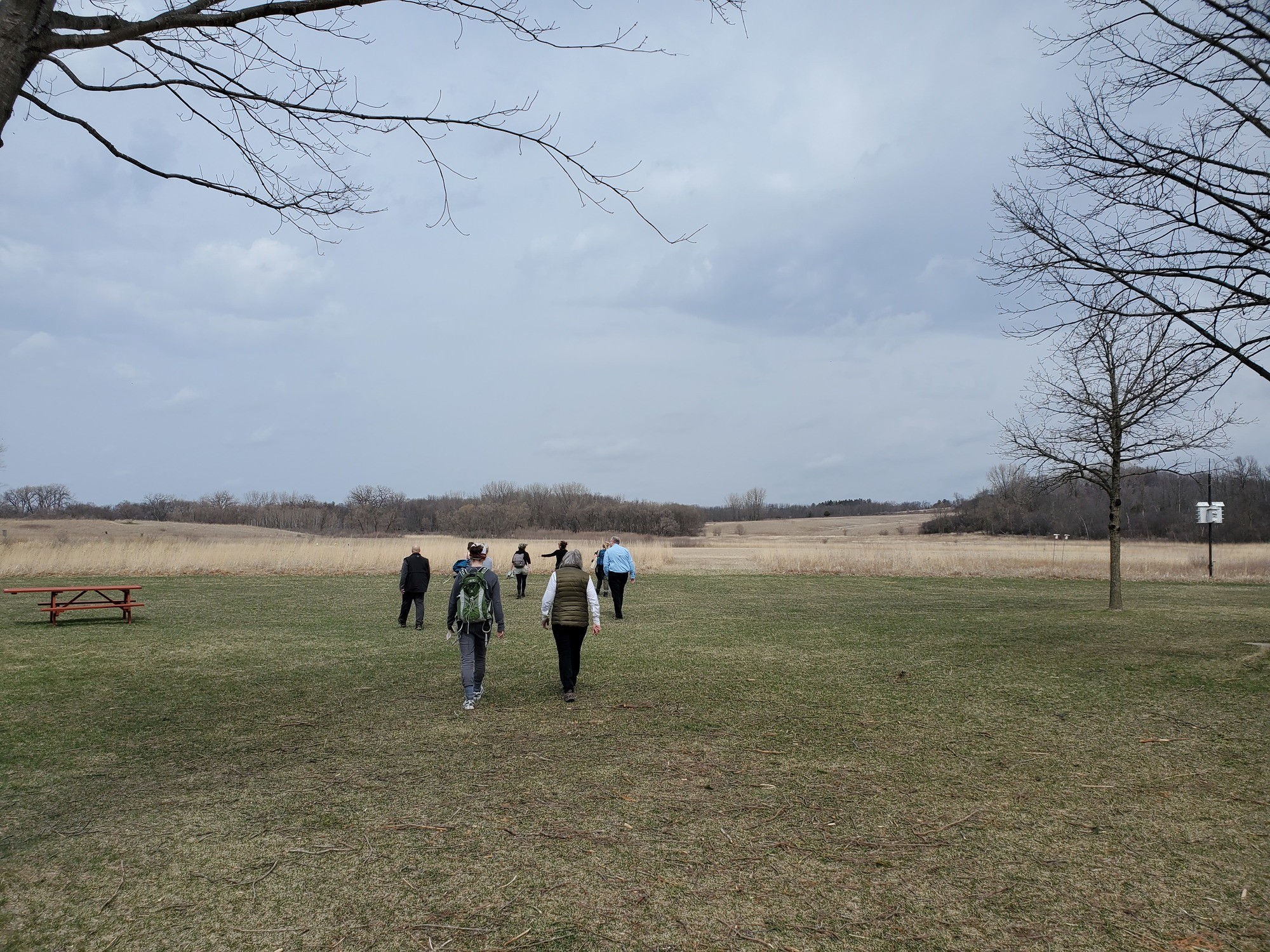From student to master: My experience in a naturalist course

By Ashley Rezachek, Communications Outreach Specialist Individual Placement / AmeriCorps Member placed at MN DNR Scientific and Natural Areas Program.
It isn’t every day you wander the woods petting moss, pishing to attract birds, or picking apart scat with a stick. But these are all totally normal and encouraged behaviors I’ve experienced while attending my Big Woods, Big Rivers Minnesota Master Naturalist course.
For the past two weeks or so I’ve been learning about Minnesota’s ecology, geology, and its many species across the temperate, deciduous forests, and major riverways that make up the region. Come mid-May I’ll have spent 40 hours reading, watching, and learning hands-on about the state’s great natural resources. I will officially be “certified” as a Minnesota Master Naturalist Volunteer.

“The mission of the Minnesota Master Naturalist Program is to promote awareness, understanding, and stewardship of Minnesota’s natural environment by developing a corps of well-informed citizens dedicated to conservation education and service within their communities,” the program website says.
Each Tuesday and Thursday I travel to my outdoor classroom in Lakeville to learn amongst my equally passionate classmates and future naturalists. I’m grateful that my service term with Conservation Corps Minnesota & Iowa has allowed me to use my training budget to attend this class. I’m sure all the information I will learn will be helpful in my role as Communications Outreach Specialist with the Minnesota DNR’s Scientific and Natural Areas Program.
While some class subjects have long been a topic of interest to me, others I know little about. Learning and understanding how the region’s landscape has been impacted by climate and geology were topics I was less familiar with. I’ll admit I did have to relearn the difference between igneous, sedimentary, and metamorphic rocks. I hope my 9th-grade Earth Science teacher isn’t reading this!

Did you know that earthworms aren’t native to Minnesota and are invasive? I certainly didn’t know before Master Naturalist.
Need help identifying a leafless tree? A winter tree identification dichotomous key worked well for me.
I’m picking up so many tips and nuggets of information that will make me a more well-rounded naturalist!
I’m looking forward to the coming weeks, especially the section about “communicating your message through environmental interpretation.” Other sections I’m looking forward to include human influences on the Big Woods, Big Rivers region, and the ecological importance of pollinators.

A special part of the program is the various field trips we get to take. Near the end of April, we traveled to River Bend Nature Center in Faribault. Hiking through the woods we identified trees, found wildflowers (including trout lilies), and searched for fossils among other things. We ended the day at Lebanon Hills Regional Park where we noted how glaciers shaped the land, used binoculars to spot some birds, and found some interesting fungi. I’ve got to say it feels good to be going on hikes with folks that slow down and appreciate nature!
Soon we will be headed to Fort Snelling State Park and Minnesota Valley Wildlife Refuge. Before you know it, I’ll be giving my final presentation on my capstone project!